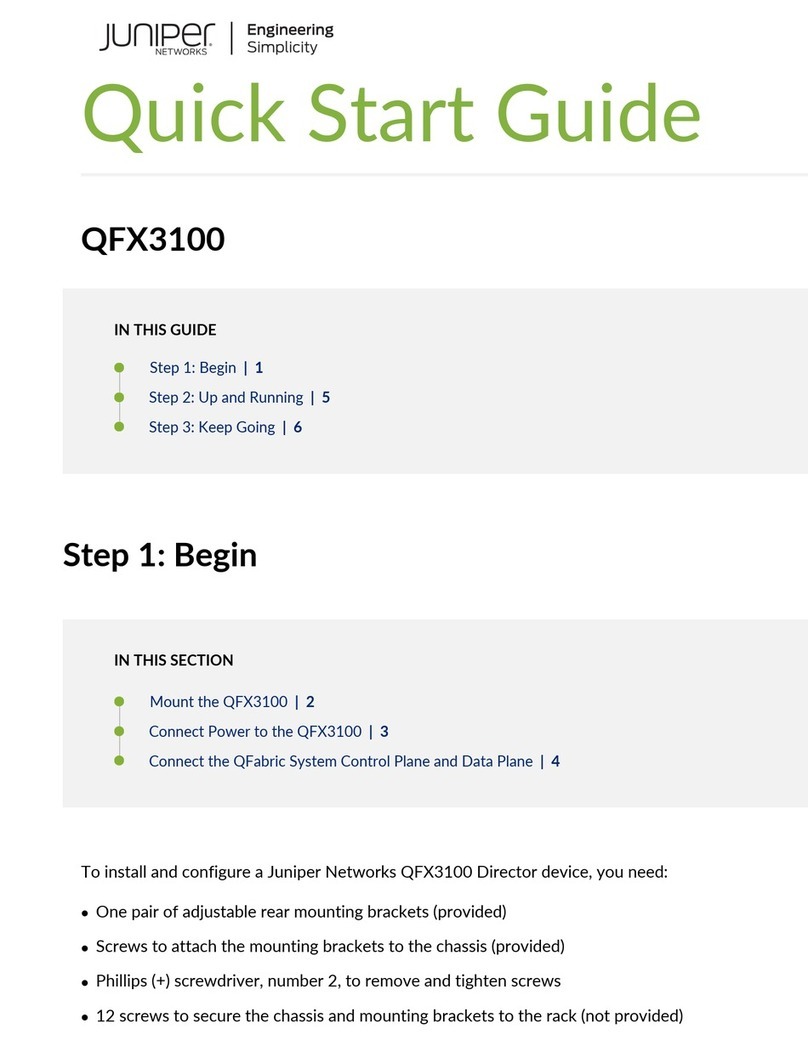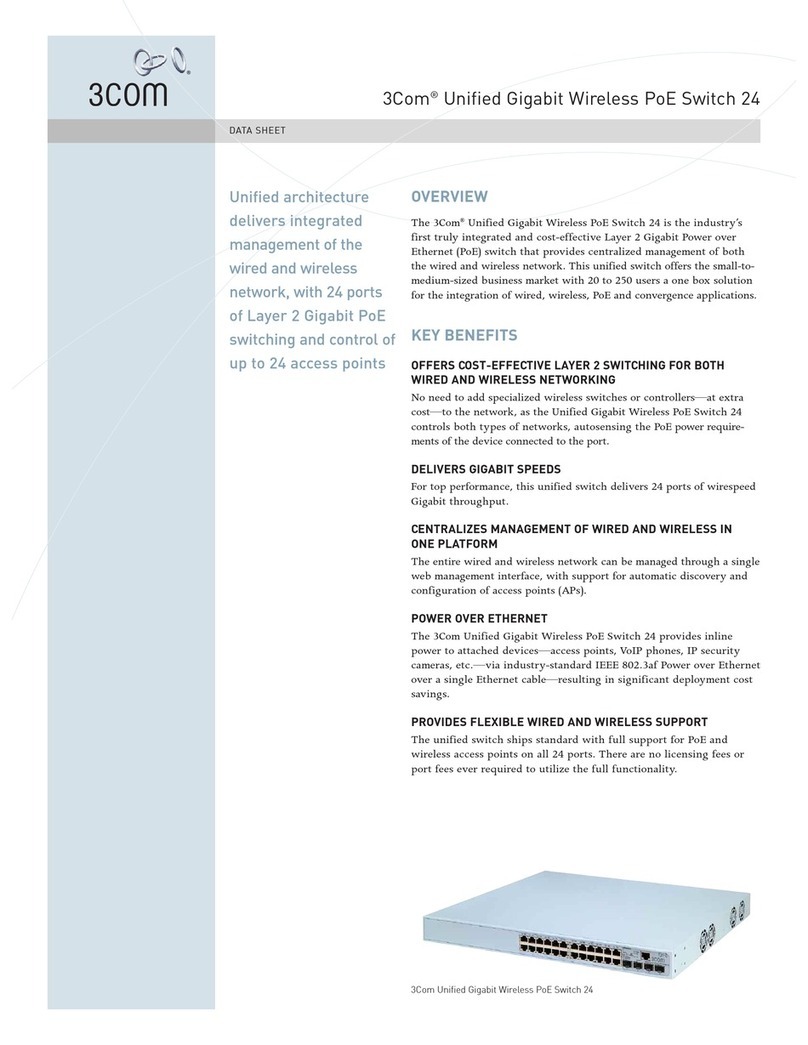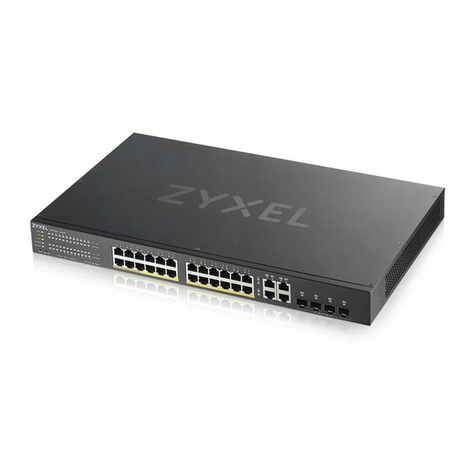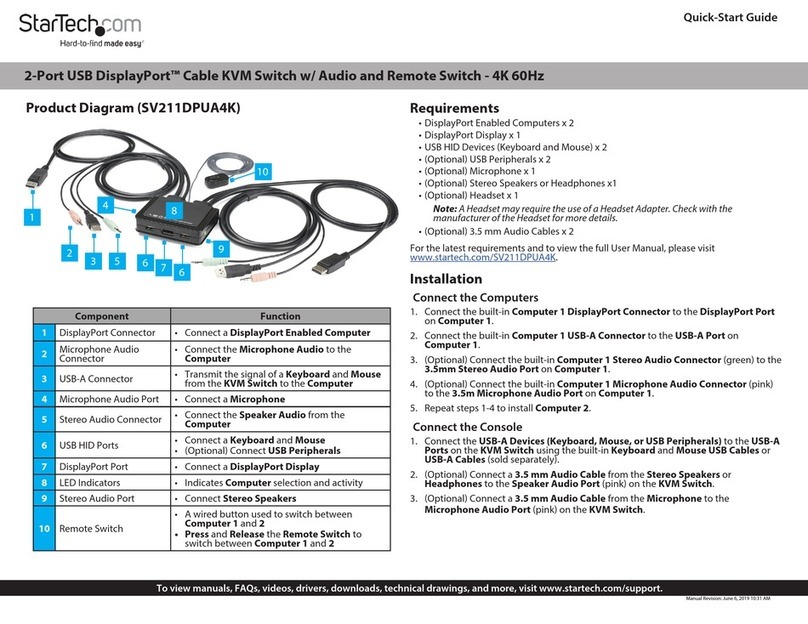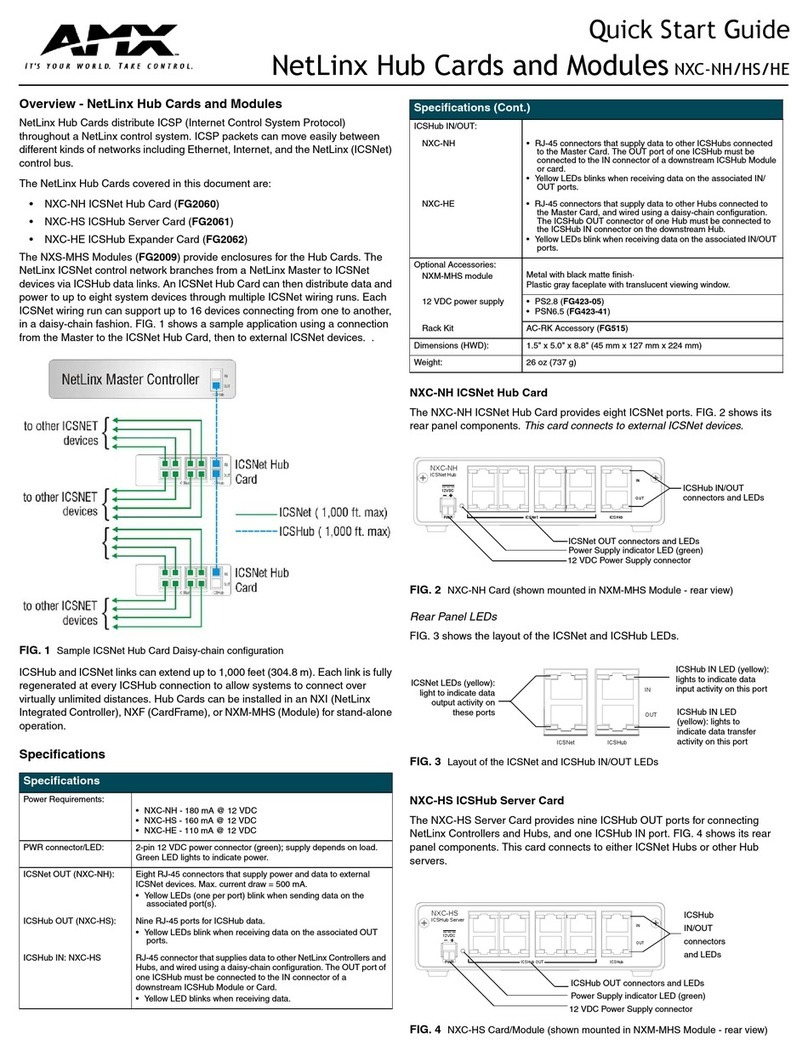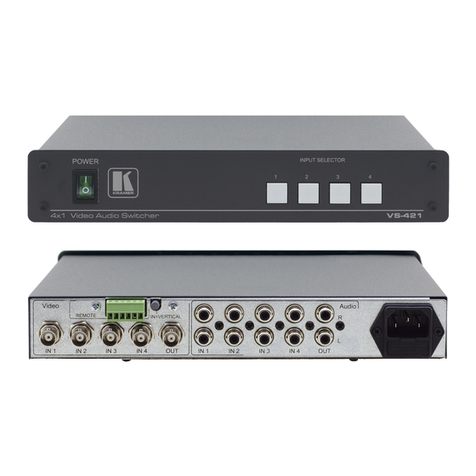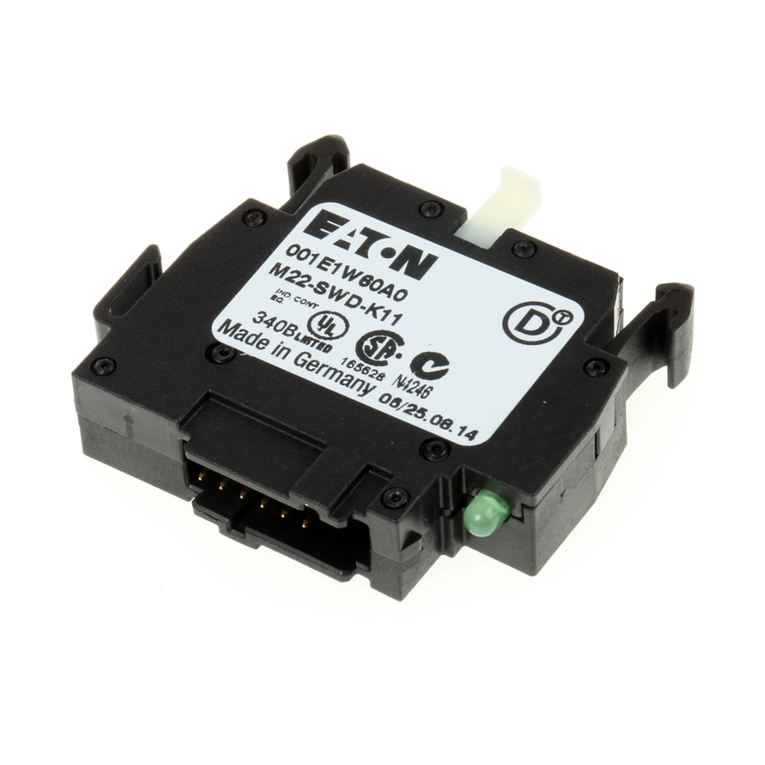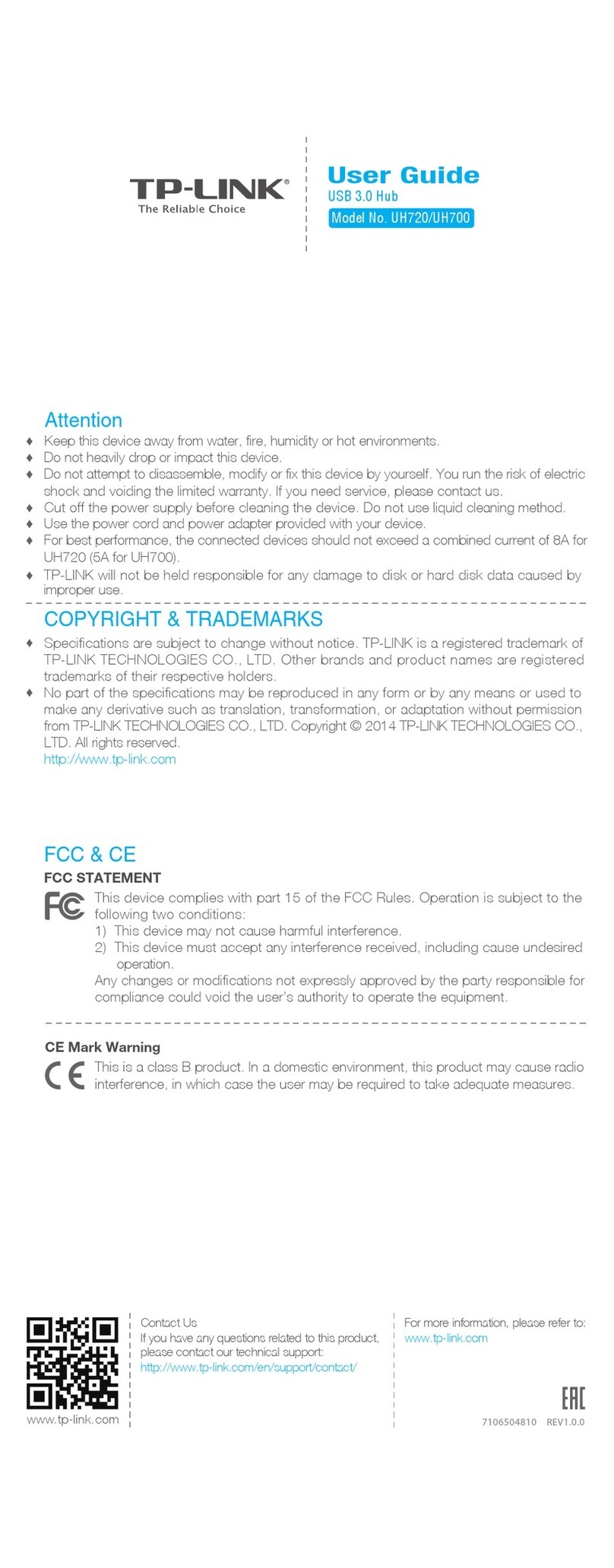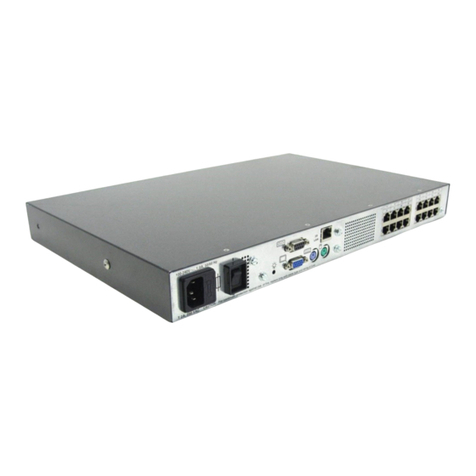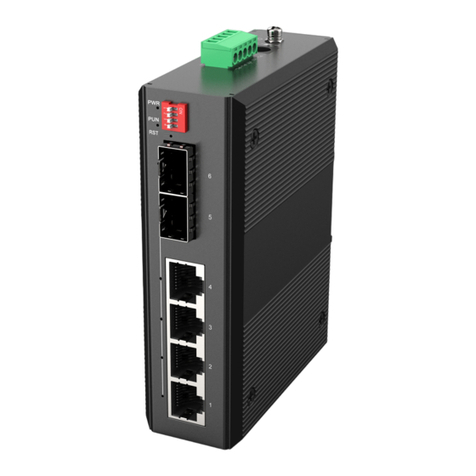Top Vision PN8602-G OLT Guide

Statement
Copyright © 2001-2018 Topvision Technologies Co., Ltd. of Sumavision Technologies Group. All rights
reserved.
Without the written permission of the Company, any units or individuals are not allowed to extract,
reproduce any part or all of this Manual, and shall not transmit in any form.
TOPVISION, Sumavision , , , , , , and are
all the trademarks of Sumavision Technologies Group. All trademarks, product logos and product name of
other companies in this Manual are the property of their respective owners.
Information in this Manual is subject to update from time to time due to version upgrade of product or for
other reasons. Unless otherwise stipulated, this Manual is only for operating guidance. All presentations,
information and recommendations in this Manual shall not constitute any express or implied warranty.
Technical Support
Topvision Technologies Co., Ltd. of Sumavision Technologies Group provides customers with
comprehensive technical support.
Users buying products from the agents of Sumavision Technologies Group can contact directly their sales
agents.
Users buying products from Topvision Technologies Co., Ltd. can contact either the nearest
Sumavision/Topvision office or Topvision Technologies Co., Ltd. directly.
Customer Service Hotline:
Tel: +86 10 82345858
Fax: +86 10 62978800
Address: Sumavision Plaza, No.15, KaiTuo Road, Shangdi Information and Industry Base, Haidian District,
Beijing, 100085, CHINA
Postcode: 100085
Website: http://en.sumavision.com/

Version Control
Date
Revision
Description
2018.06
R01
Release

Foreword
Related Manuals
Name of Manual
Descriptions
PN8600 OLT Safety and HW Installation Manual
Introduces the hardware features of PN8600 series OLT device,
and the installation, configuration and maintenance of OLT
device.
Manual Introduction
PN8602-G OLT Hardware Description describes the hardware composition, structure, and features of the
PN8602 series OLTs. This manual contains the following chapters:
Chapter 1 Overview describes the exterior, external ports, indicators, product configuration, parameters,
basic principles, power supply principle, heat dissipation principle, dust-proof design, and labels of the
PN8602-G.
Chapter 2 Pluggable Modules describes the types and parameters of pluggable modules, and the mapping
between pluggable modules and line cards.
Chapter 3 Cables describes the exterior, connections, applications and technical parameters of cables used
by the device.
Target Readers
This Manual is applicable to the following readers:
Network administrators
System maintenance personnel
Conventions in the Manual
1. Conventions on General Format
Format
Meaning
Calibri
All English texts are prepared by use of Calibri font.
2. Signs
This manual also uses a variety of eye-catching signs to indicate what should be paid special attention to
during the operation. The significance of such signs is as follows:

Danger —Danger indicates that the described activity or situation may result in serious personal
injury or death, for example, high voltage or electric shock hazards.
Warning —Warning indicates that the described activity or situation may, or will, cause equipment
damage or serious performance problems.
Note —Note indicates that the information is, or may be, of special interest.
Statement: your understanding will be greatly appreciated if any contents of this Manual may not be
sufficiently in conformity with the actual product due to the constant update and improvement of
product and technology. For the information of product update, please contact local office.


I
Table of Contents
Foreword .......................................................................................................................................... IV
Table of Contents................................................................................................................................. I
Figures ............................................................................................................................................... II
Tables ................................................................................................................................................III
Chapter 1 PN8602-G Overview....................................................................................................1-1
1.1 Exterior .................................................................................................................................1-1
1.2 External Ports and Indicators................................................................................................1-1
1.3 Product Configuration ..........................................................................................................1-5
1.4 Parameters ...........................................................................................................................1-5
1.5 Basic Principles .....................................................................................................................1-6
1.6 Power Supply Principle.........................................................................................................1-6
1.7 Heat Dissipation Principle.....................................................................................................1-7
1.8 Dust-Proof Principle .............................................................................................................1-7
1.9 Device Labels ........................................................................................................................1-8
Chapter 2 Pluggable Module.....................................................................................................2-11
2.1 GE Optical/Electrical Module .............................................................................................2-11
2.2 10GE Optical Module..........................................................................................................2-13
2.3 OLT-Side GPON Optical Module .........................................................................................2-13
Chapter 3 Cable........................................................................................................................3-15
3.1 Power Supply Cable and Ground Wiring ............................................................................3-15
3.1.1 AC Power Supply Cable...............................................................................................3-15
3.1.2 PGND Cable ................................................................................................................3-16
3.2 Serial Cable for Local Maintenance ....................................................................................3-17
3.3 Network Cable....................................................................................................................3-18
3.4 Optical Fiber .......................................................................................................................3-20
Annex 1 Abbreviations................................................................................................................1

II
Figures
Figure 1.1-1 PN8602-G-8.........................................................................................................................1-1
Figure 1.1-2 PN8602-G-16.......................................................................................................................1-1
Figure 1.2-1 External ports on the front panel of the PN8602-G-8 ........................................................1-2
Figure 1.2-2 External ports on the front panel of the PN8602-G-16 ......................................................1-2
Figure 1.2-3 Indicators on the front panel of the PN8602-G-8 ...............................................................1-3
Figure 1.2-4 Indicators on the front panel of the PN8602-G-16 .............................................................1-3
Figure 1.2-5 Ports on the rear panels of the PN8602-G-8 and PN8602-G-16.........................................1-4
Figure 1.5-1 PN8602-G functional block diagram ...................................................................................1-6
Figure 1.6-1 AC power distribution principle of the PN8602-G..............................................................1-7
Figure 1.7-1 Heat dissipation principle of the PN8602-G .......................................................................1-7
Figure 1.8-1 Captive screw on the PN8602-G air filter ...........................................................................1-8
Figure 1.8-2 Air filter at the back of the device ......................................................................................1-8
Figure 1.9-1 Serial number label for the line card ..................................................................................1-8
Figure 1.9-2 MAC address label ..............................................................................................................1-9
Figure 3.1-1 Connecting the power cable.............................................................................................3-15
Figure 3.1-2 Different Standards of Power Cable..................................................................................3-16
Figure 3.1-3 PGND cable .......................................................................................................................3-16
Figure 3.2-1 Serial cable for local maintenance....................................................................................3-17
Figure 3.2-2 DB9 line order...................................................................................................................3-18
Figure 3.3-1 Network cable...................................................................................................................3-19
Figure 3.3-2 Structural view of a network cable ...................................................................................3-19
Figure 3.4-1 External view of a single mode optical fiber with the LC/PC type connector...................3-21
Figure 3.4-2 External view of a single mode optical fiber with the SC/PC type connector...................3-21

III
Tables
Table 1.2-1 Description of external ports on the front panels of the PN8602-G-8 and PN8602-G-16 ...1-2
Table 1.2-2 Description of indicators on the front panels of the PN8602-G-8 and PN8602-G-16..........1-3
Table 1.2-3 Description of ports on the rear panels of the PN8602-G-8 and PN8602-G-16...................1-4
Table 1.2-4 Description of indicators on the rear panels of the PN8602-G-8 and PN8602-G-16 ...........1-4
Table 1.2-5 Description of buttons on the rear panels of the PN8602-G-8 and PN8602-G-16...............1-4
Table 1.3-1 PN8602-G product configurations........................................................................................1-5
Table 1.4-1 PN8602-G parameters..........................................................................................................1-5
Table 1.4-2 PN8602-G power supply parameters ...................................................................................1-6
Table 1.8-1 Dimensions and texture of the air filter ...............................................................................1-8
Table 1.9-1 Serial number description ....................................................................................................1-8
Table 1.9-1 Various types of optical/electrical modules .......................................................................2-11
Table 2.1-1 Parameters of the bidirectional dual fiber GE optical module...........................................2-11
Table 2.1-2 Parameters of the bidirectional single fiber GE optical module.........................................2-12
Table 2.1-3 Parameters of the GE electrical module.............................................................................2-12
Table 2.2-1 Parameters of the 10GE optical module (SFP+) .................................................................2-13
Table 2.3-1 Parameters of the GPON optical module ...........................................................................2-13
Table 3.1-1 Specifications of National Standard Power Cable ..............................................................3-16
Table 3.1-2 Technical parameters of the PGND cable...........................................................................3-16
Table 3.2-1 Technical parameters of the serial cable for local maintenance ........................................3-17
Table 3.3-1 Connections for a straight-through network cable ............................................................3-19
Table 3.3-2 Connections of network cross cables.................................................................................3-19
Table 3.3-3 Technical parameters of network cables............................................................................3-20
Table 3.4-1 Selection criteria for optical fibers .....................................................................................3-22
Table 3.4-2 Common optical connectors ..............................................................................................3-22


1-1
Chapter 1 PN8602-G Overview
PN8602-G is a 1U box-shaped device that adopts the fixed line cards. It can accommodate up to 8
10G uplink ports and 16 GPON ports. The fan is fixed on the left side of the box and adopts the
induced draft ventilation mode. The two power ports are located at the back of the device.
1.1 Exterior
This section mainly introduces the exteriors of the PN8602-G-8 and PN8602-G-16 chassis.
Figure 1.1-1 PN8602-G-8
Figure 1.1-2 PN8602-G-16
1.2 External Ports and Indicators
The following figure shows the external ports on the front panel of the PN8602-G-8. The ports are
described in Table 1.2-1.

PN8602-G OLT Hardware Description
1-2
Figure 1.2-1 External ports on the front panel of the PN8602-G-8
The following figure shows the external ports on the front panel of the PN8602-G-16. The ports are
described in Table 1.2-1.
Figure 1.2-2 External ports on the front panel of the PN8602-G-16
Table 1.2-1 Description of external ports on the front panels of the PN8602-G-8 and PN8602-G-16
Port
Silk Screen
Quantity
Function Description
ESD protection
ESD
1
Connected to the ESD wrist strap
GND
1
Connected to the GND cable
Uplink
optical/electrical
port
XG[1:8]
8
SFP+ interface type, 10GE optical/electrical port. It
supports the 10000Mbps SFP+ module and is compatible
with the 1000Mbps SFP optical/electrical module.
GPON service
interface
GPON[1:8] / GPON[1:16]
8/16
SFP interface type, providing access to the GPON service
Management port
MGMT
1
RJ-45 interface type, FE management network port
Serial port
CONSOLE
1
RJ-45 interface type, providing local and remote
maintenance via the super terminal and other software
tools. It supports configuration of the system using the
command lines. The baud rate is 9600 bit/s.
USB
USB
1
USB2.0 TypeA interface type. It works together with the
USD flash drive for deployment, configuration file
transfer, and upgrade file transfer.

Chapter 1 PN8602-G Overview
1-3
Port
Silk Screen
Quantity
Function Description
Reset button
RST
1
Hardware reset, used to restart the device
The following figure shows the indicators on the front panel of the PN8602-G-8. The indicators are
described inTable 1.2-2.
Figure 1.2-3 Indicators on the front panel of the PN8602-G-8
The following figure shows the indicators on the front panel of the PN8602-G-16. The indicators are
described inTable 1.2-2.
Figure 1.2-4 Indicators on the front panel of the PN8602-G-16
Table 1.2-2 Description of indicators on the front panels of the PN8602-G-8 and PN8602-G-16
Silk Screen
LED Color
State
Description
PWR
Green
Always on
The power supply is normal.
Off
The device is not powered on or the power supply is
abnormal.
RUN
Green
Blinking
slowly at 1 Hz
The CPU is running normally.
Blinking
quickly at 4 Hz
The CPU is being initialized.
ALM
Red
Always on
An alarm is generated.

PN8602-G OLT Hardware Description
1-4
Silk Screen
LED Color
State
Description
Off
No alarm exists.
MGMT
Yellow
Always on
The rate of the current management port is 100Base-TX.
Off
The current management port is 10Base-T, or is not
connected.
Green
Always on
The current management port is connected. (Link)
Flashing
Data is being transmitted or received on the current
management port. (ACT)
Off
The current management port is not connected.
XG[1:8]
Green
Always on
The data link has been set up on the current XG port. (Link)
Flashing
Data is being transmitted or received on the current XG port.
(ACT)
Off
The current XG port is not connected.
GPON[1:8] / GPON[1:16]
Green
Always on
The corresponding port is connected, and there are ONUs
connected to the device.
Off
The current PON port is not connected.
The following figure shows the ports on the rear panels of the PN8602-G-8 and PN8602-G-16. The
ports are described in Table 1.2-3.
Figure 1.2-5 Ports on the rear panels of the PN8602-G-8 and PN8602-G-16
Table 1.2-3 Description of ports on the rear panels of the PN8602-G-8 and PN8602-G-16
Port
Silk Screen
Quantity
Description
Power port
AC100~240V;50/60Hz
2
AC110V/220V power input port.
Table 1.2-4 Description of indicators on the rear panels of the PN8602-G-8 and PN8602-G-16
Silk Screen
LED color
State
Description
Power indicator
Red
Off
The power supply is in off or abnormal state.
Always on
The power supply is on and normal.
Table 1.2-5 Description of buttons on the rear panels of the PN8602-G-8 and PN8602-G-16

Chapter 1 PN8602-G Overview
1-5
Button
Silk Screen
Quantity
Description
Power button
ON/OFF
2
Press ON to turn on the power module and power on the
device.
Press OFF to shut down the power module and power off
the device.
1.3 Product Configuration
Table 1.3-1 PN8602-G product configurations
Product Model
Main Board Model
Port Description
PN8602-G-8
MGUB
8*10GE SFP+ port
8*GPON SFP port
1*FE RJ45 management electrical port
1*RS232 RJ45 management serial port
1*USB TypeA port
2*AC220V power port
PN8602-G-16
MGUA
8*10GE SFP+ port
16*GPON SFP port
1*FE RJ45 management electrical port
1*RS232 RJ45 management serial port
1*USB TypeA port
2*AC220V power port
1.4 Parameters
The following table provides the dimensions, weight, power supply parameters and power
consumption parameters of the PN8602-G chassis.
Table 1.4-1 PN8602-G parameters
Device Model
Physical Size (width X
height X depth)
Net
Weight
Static Power
Consumption
Maximum
Power
Consumption
Flash
DDR
PN8602-G-8
Without mounting ears
442mm×44mm×355mm
IEC standard mounting ears
482.6mm×44mm×355mm
<5.2kg
38W
69W
576MB
512MB
PN8602-G-16
<5.2kg
47W
78W
576MB
512MB
Note:
Power consumption for the chassis is obtained under the following conditions:

PN8602-G OLT Hardware Description
1-6
1. Power supply: 220V AC
2. Room temperature 25°C
3. Static power consumption: Power consumption when device is powered with no loading
4. Maximum power consumption: When device is powered and all service slots are filled
Table 1.4-2 PN8602-G power supply parameters
Item
Parameter
Power supply mode
AC
Rated voltage
AC power supply: 110/220V
Operating voltage range
AC power supply: 85V to 264V
Maximum input current
AC power supply: 7A
1.5 Basic Principles
This section describes basic principles of the PN8602-G, as shown in the figure below:
Figure 1.5-1 PN8602-G functional block diagram
1.6 Power Supply Principle
This section describes the power supply principle of the PN8602-G.
The PN8602-G chassis uses the AC power supply. The power supply module supplies power to the
entire PN8602-G. The power supply module works in redundancy mode. When a power supply
module is disconnected, the other power supply module continues to supply power. The following
figure shows the power distribution principle of the PN8602-G.

Chapter 1 PN8602-G Overview
1-7
Figure 1.6-1 AC power distribution principle of the PN8602-G
1.7 Heat Dissipation Principle
This section describes the heat dissipation principle of the PN8602-G.
Ventilation process for the chassis: The cold air enters the chassis from the left side of the chassis,
reaches the main board radiator after being circulated by the fans, and is finally discharged from
the left side of the chassis. The following figure shows the heat dissipation principle of the PN8602-G.
Figure 1.7-1 Heat dissipation principle of the PN8602-G
1.8 Dust-Proof Principle
This section describes the exterior, dimensions, and functions of the PN8602-G air filter.
The air filter is installed on the right side at the back of the PN8602-G. When the cold air enters the
chassis through the air inlet on the right side at the back of the PN8602-G, the air filter can
effectively remove dust particles in the air. The air filter is fixed by a captive screw. The following
figure shows the position of the screw.

PN8602-G OLT Hardware Description
1-8
Figure 1.8-1 Captive screw on the PN8602-G air filter
The following figure shows the exterior of the air filter. Its dimensions and texture are described in
Table 1.8-1.
Figure 1.8-2 Air filter at the back of the device
Table 1.8-1 Dimensions and texture of the air filter
Chassis Model
Texture
Air Filter Sponge Dimensions (width X depth X
height)
PN8602-G
50PPI (50 holes per inch) black sponge
40*330*10mm
1.9 Device Labels
Serial Number Label
The serial number label is the unique No. of a Topvision product, and used for the after-sales
service. This label is attached to the rear panel of the PN8602-G. The serial number is a 17-digit
number, as shown in the following figure.
Figure 1.9-1 Serial number label for the line card
Table 1.9-1 Serial number description

Chapter 1 PN8602-G Overview
1-9
Symbol
Meaning
Explanation
YYMM
Date of
Manufacture
YY: year; MM: month
AAAAAABBB
Product
Model
AAAAAA: model of the product or line card. For example, "PN8602" indicates a
PN8602 series product, and "PNMPUA" indicates the MPUA line card.
BBB: sub-specification code.
NNNN
Serial Number
The serial number increases from 0001 along with the production quantity.
MAC Address Label
The Medium Access Control (MAC) address is a physical address or a hardware address used to
define the location of a network device. The MAC address contains 12 digits. The MAC address label
is attached to the rear panel of the PN8602-G. The MAC address label is shown in the following
figure.
Figure 1.9-2 MAC address label

This manual suits for next models
2
Table of contents
Popular Switch manuals by other brands
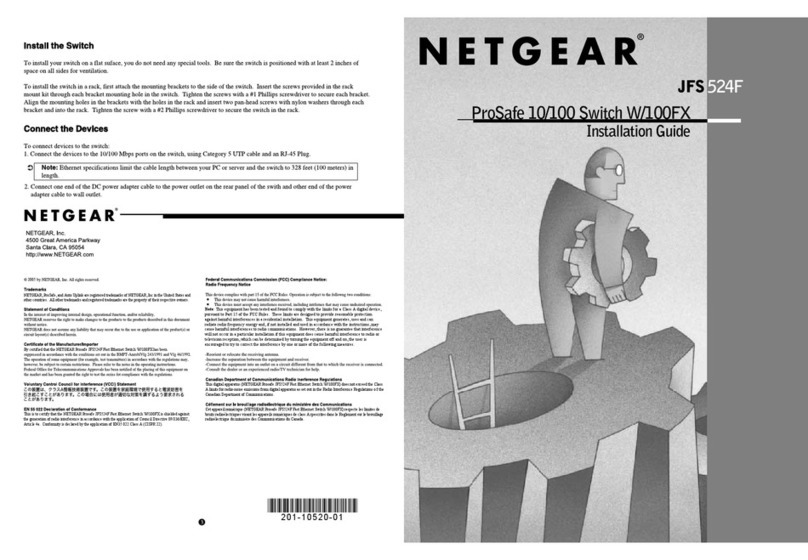
NETGEAR
NETGEAR JFS524F installation guide
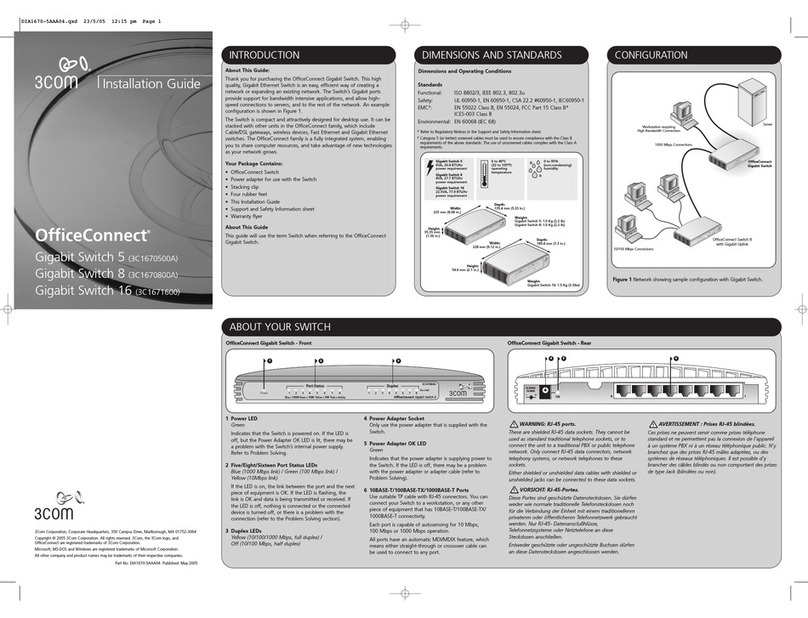
3Com
3Com OfficeConnect 3C1670500A installation guide
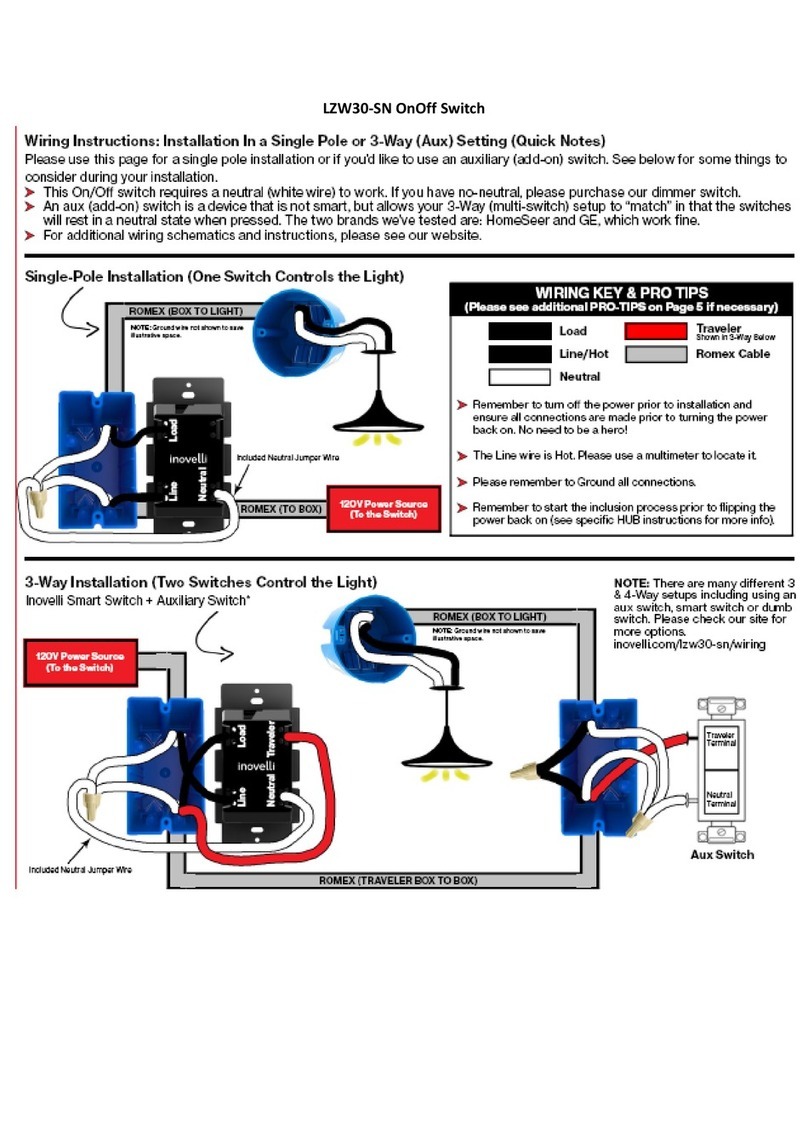
Leedarson
Leedarson LZW30-SN quick start guide
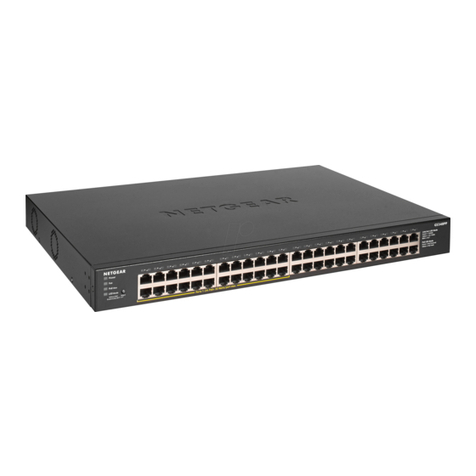
NETGEAR
NETGEAR GS348PP installation guide
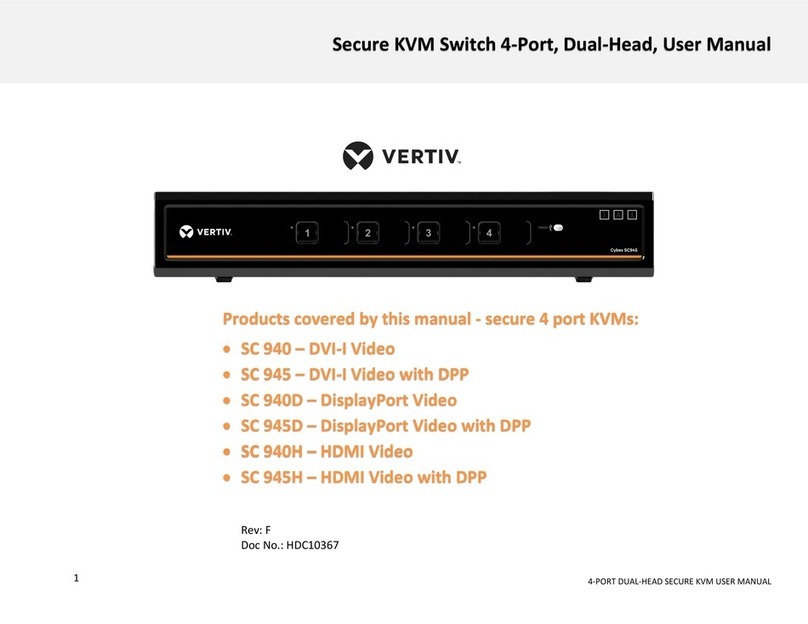
Vertiv
Vertiv SC 940 user manual
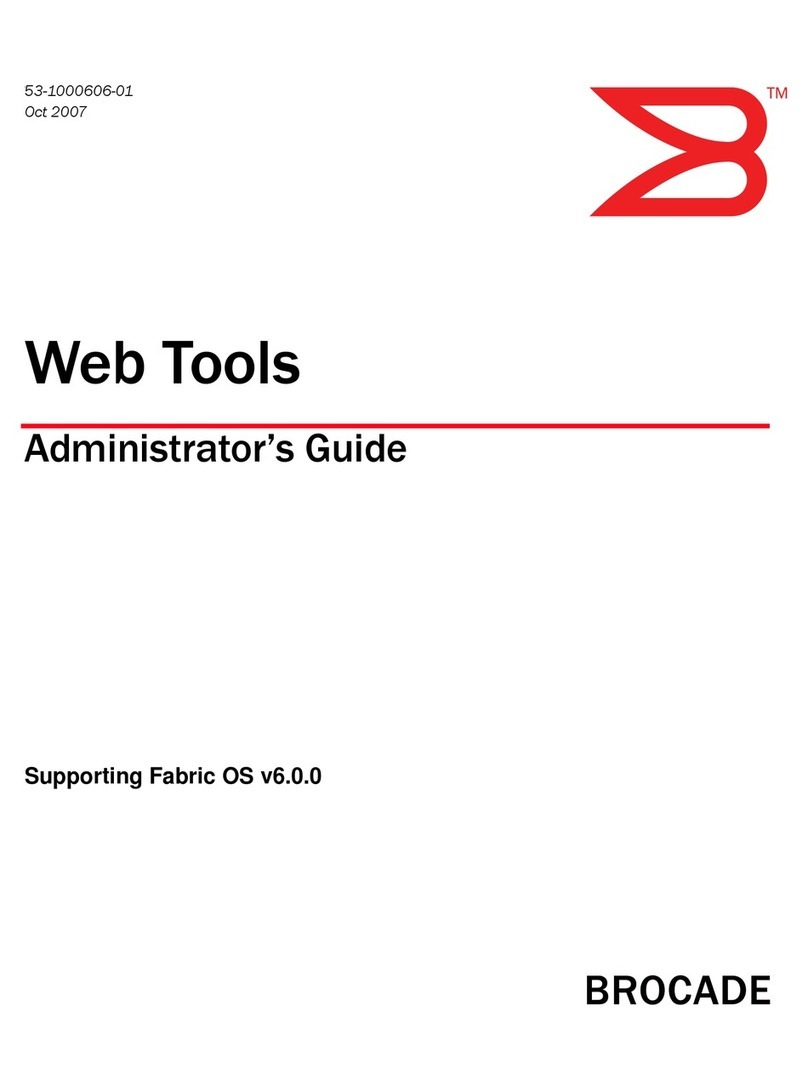
Brocade Communications Systems
Brocade Communications Systems A7533A - Brocade 4Gb SAN Switch Base Administrator's guide

